|
This Friday August 21st the Contemporary museum of calligraphy was attended by uncommon quests. A group of patients accompanied by the administration of a well-know mental hospital came to see calligraphy.
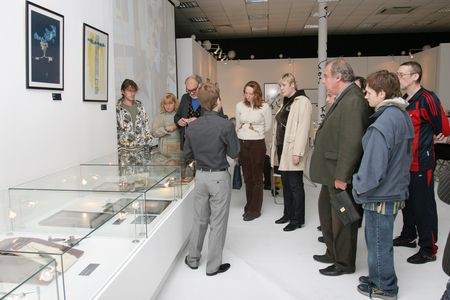
Scientists proved calligraphy exercises a salutary influence over the health. Those who practice calligraphy are more attentive and concentrated. That is why the Museum decided to welcome such extraordinary quests by way of experiment.
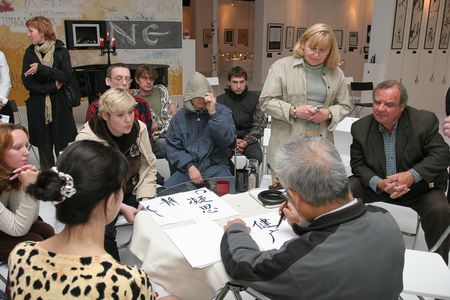
After a cognitive excursion the quests were in for a pleasant surprise. Chen Wenfu – a member of the Chinese scientific union of paired signs, continuator of the great dynasty of Chinese calligraphers – made a short live performance. Guests to the Museum tried themselves in writing calligraphy. Mr Chen Wenfu estimated the pains of his “audience” who, in their turn, deepened in the creative process.
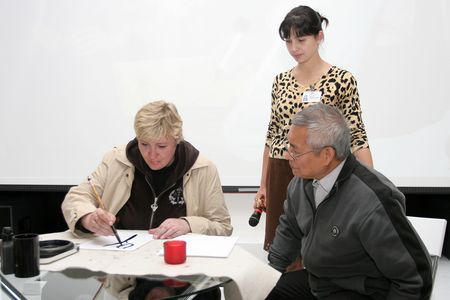
This day the Contemporary museum of calligraphy also welcomed Valery Krasnov – professor, Chairman of the Russian union of psychiatrists, Director of the research institute of psychiatry. Mr. Krasnov shared his thoughts about calligraphy and agreed such events are really needed for mental health.
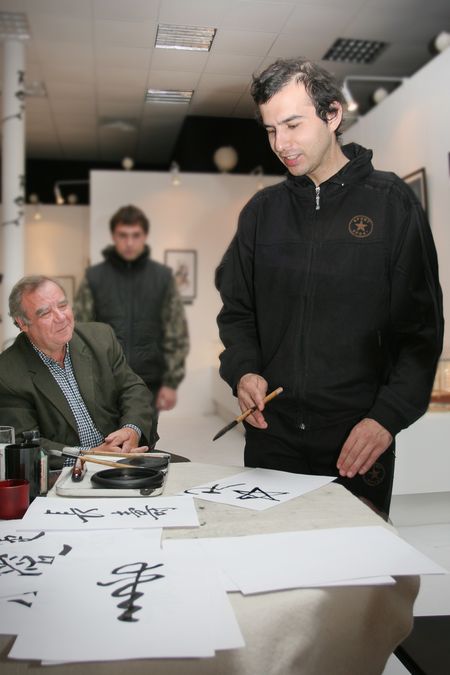
The Contemporary museum of calligraphy is planning to organize such visits more often.
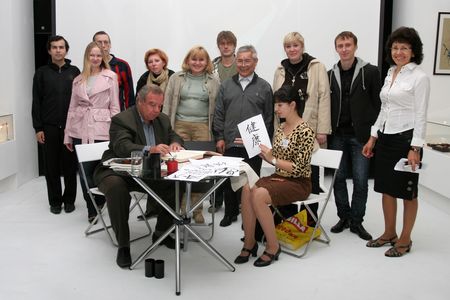
For reference:
According to Henry Kao, PhD; Professor Emeritus (Psychology) - University of Hong Kong; Professor of Psychology, Sun Yat-Sen University, Guangzhou, China, calligraphy is the best remedy for health. Here are some extracts from his research work:
“…we examined the CCH treatment effects on mental and stroke patients. After a 3-month training schedule, the schizophrenic patients improved significantly in their positive hospital behaviours as well as their negative symptoms, while the control patients made no improvement (Fan, Kao,Wang, & Guo, 1999). In separate study with a 2-week CCH treatment protocol, the stroke patients made significant improvements in their palm strength and fine motor coordination”.
“…This paper has presented an overview of our research on Chinese calligraphic handwriting. These varied findings are founded on a theoretical formulation, on associated basic research, and on varied applications. As for the reasons behind all these positive effects of the practice of CCH, two views are offered. First, the act of brushing causes heightened attention and concentration on the part of practitioners and results in their physiological slowdown and relaxation, causing the subsequent changes in their emotions. Second, concurrent to these states, some cognitive effects occur in relation to a person’s attention and concentration as a function of the geometric characteristics of the writing script, which contribute to the facilitative benefits observed in one’s cognitive activities. We are currently developing our CCH treatment system for broader applications to cover English alphabets and Japanese and Korean scripts, with some success. We are optimistic that this new therapeutic system will be helpful not only to users of the Chinese script, but also to users of other writing systems”.
Read the full article here
|

